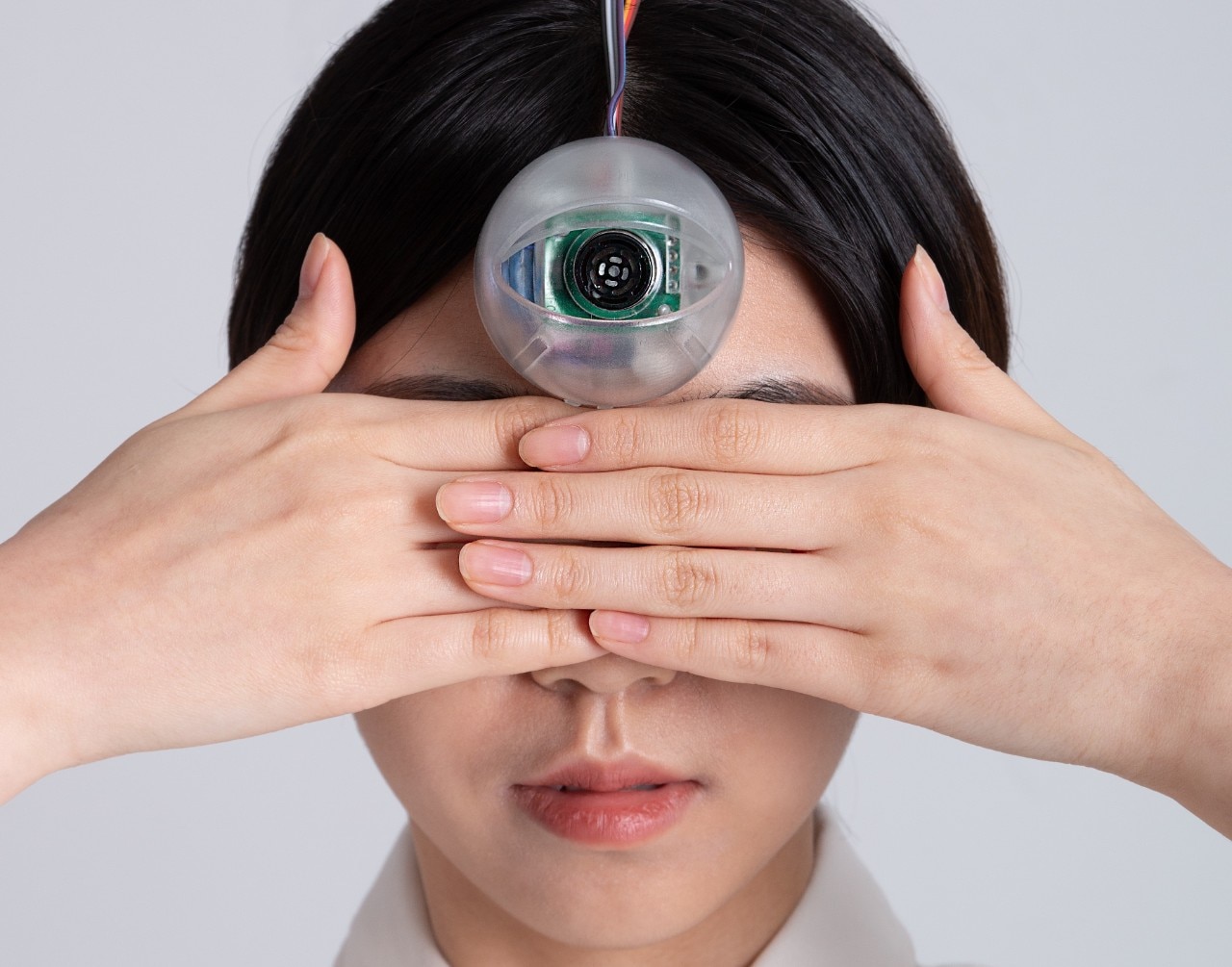In the beginning (of design) was the myth of progress. Then, at the dawn of the 21st century, innovation. And today, what is the idea that illuminates our future? Perhaps the principle of augmentation, powering, or even superpowering? Enhancing the physical potential and performance of bodies, extending life span, accelerating cognitive processes, expanding the circulation of information, increasing the interactivity and interconnectedness of objects?
In an era dominated by social robotics and artificial intelligence, is the impulse driving design (and society) to turn humans into superhumans? Perhaps it’s a need to keep pace with technologies that are not only continuous, but increasingly competitive.
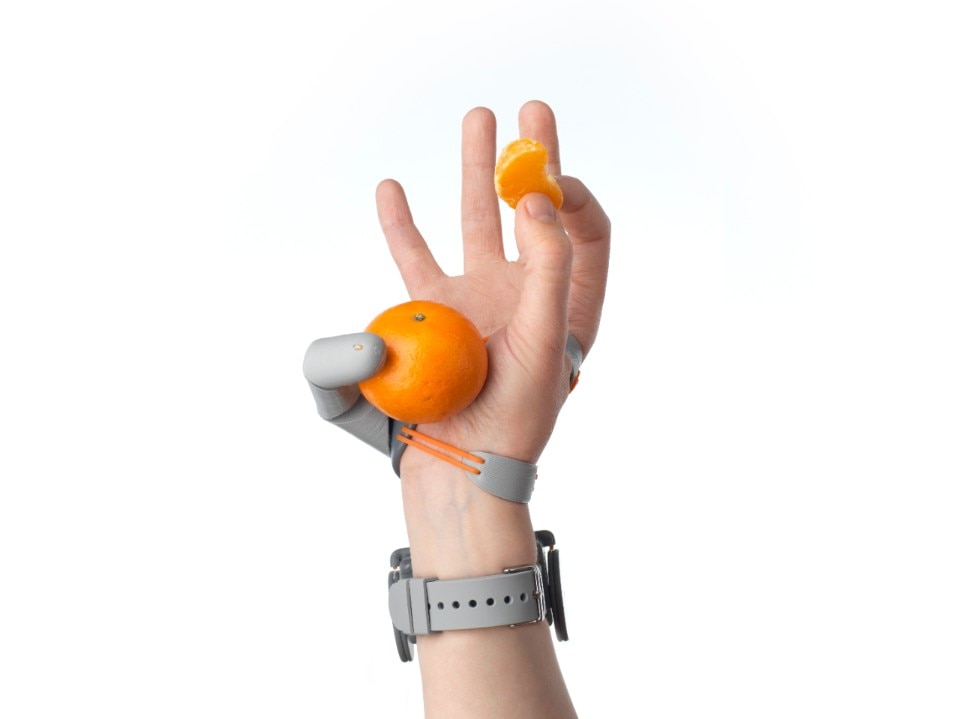
The paradox is clear: while some advocate degrowth in response to the ecological crisis fueled by the very ideals of progress and innovation, urging repair, re-cycling, or up-cycling, others, championing productivity and relentless technological and industrial expansion, urge not only continued growth but a radical reconfiguration of human material conditions. This reconfiguration extends to the human body itself, aiming at perfection rather than repair, making it increasingly artificial and less natural: more durable, faster, longer-lasting, more aesthetically pleasing, and more intelligent...
This paradox, full of visionary, sci-fi and dystopian overtones, is at the heart of an exhibition recently unveiled at the CID Grand-Hornu in Belgium. Its title is emblematic: Superpower Design.
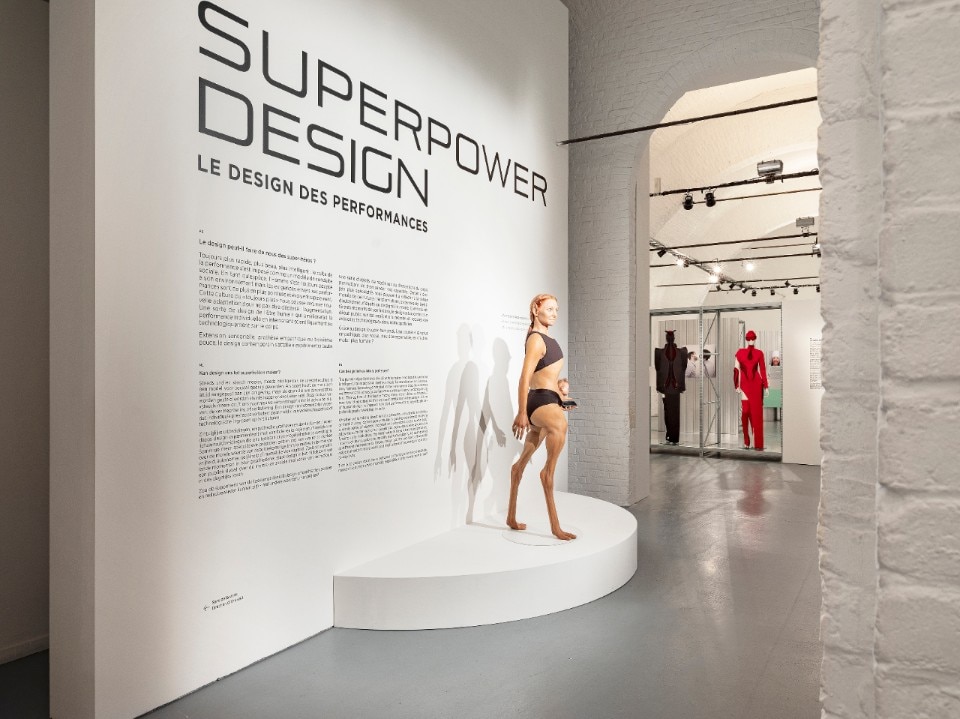
Of course, design has always been linked to humanity’s need to transcend biological limits by creating tools, clothing, and structures that not only adapt to the natural environment but also shape it according to our needs. Throughout history, design has served as a catalyst for transformation, altering the natural order to enhance the viability and quality of life. However, as a result of these transformations, our environment has undergone significant changes, blurring the lines between the natural and the artificial. It has become increasingly difficult, if not impossible, to distinguish between the two. This environment is characterized by the coexistence of biological elements, digital data, and technological components, where concepts such as acceleration, interconnectedness, and intelligence are attributed not only to machines but also to humans.
In the 1990s, artists such as Stelarc highlighted the obsolescence of the human body, using extreme performances and hybridizations to depict the cyborg, a fusion of human and machine. During this period, the philosophy of posthumanism gained traction, and transhumanism attracted its earliest proponents, envisioning scenarios in which humans would be replaced by machines.
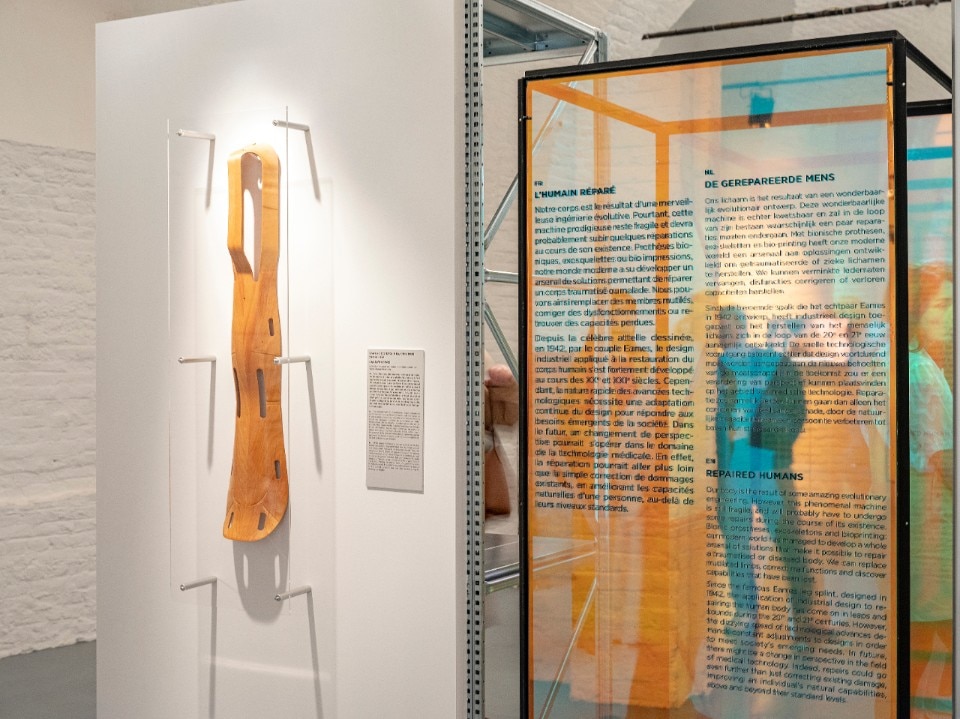
In today’s context, given the technological advances of recent decades, these pioneering efforts seem almost quaint. While some philosophies have resurrected superhumanist utopias and art has sounded the alarm about an impending mutation, design has quietly and profoundly embraced this mutation: from exoskeletons and prosthetics to wearable computers, artificial intelligence, and soft robotics, the possibilities for exploration are limitless. The transformation is underway, and the question remains: what stance should we take?
Throughout history, design has served as a catalyst for transformation, altering the natural order to enhance the viability and quality of life.
To underscore the ethical dilemma inherent in such a transformation, the exhibition at the Grand-Hornu opens with a quote from Albert Camus: “Man is the only creature who refuses to be what he is.” It poses the question, “Can design turn us into superheroes?”
The works on display are spectacular, at once exhilarating and disturbing. They range from the iconic splint designed by Charles and Ray Eames in 1942, which marked the beginning of a design ethos focused on the innovation of health and therapeutic apparatus, to a remarkable array of prosthetics and artifacts that tell the story of the development of sports, medicine, and cosmetic surgery as realms of extreme human enhancement. Many of these projects, in their provocative nature, reignite ethical discourse and raise a myriad of questions. For example, do Speedo’s LZR Racer wetsuits and Nike’s VaporFly shoes, with their remarkable technical prowess, challenge the basic tenets of fairness and equal opportunity in sports?
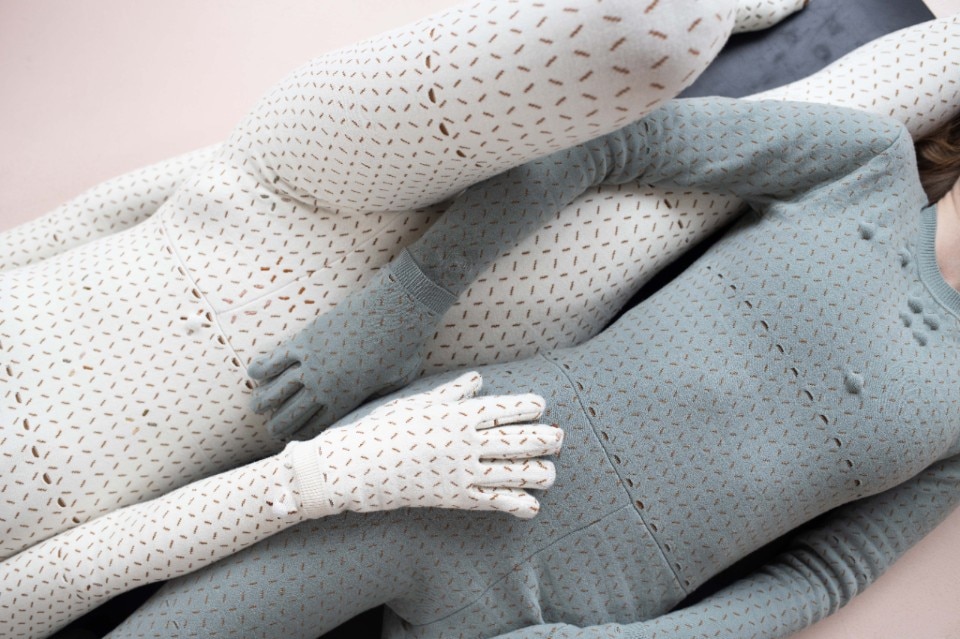
Does Polish designer Iga Węglińska’s Emotional Clothing, a garment that senses psychophysiological changes in the wearer’s body, such as body temperature, heart rate, galvanic response, or proprioception, contribute to a better understanding of perceptual processes or, conversely, expropriate them? And do Isaac Monté’s series of prostheses (Prosthetic X), which serve as indicators of the functionality or dysfunctionality of certain body parts and are programmed to respond to personal social data, health metrics, and external measurements, aim to cultivate empathy or underscore the inevitable fragility of an increasingly inadequate human body?
In the face of these questions, design is constantly grappling with itself, serving both as a catalyst for invention and innovation, and as a critical, speculative tool. Its purpose is to improve our chances of survival in a world in crisis, whether by creating solutions or identifying challenges. But what are its limits?
Opening image: Minwook Paeng, The third eye, Evolution1. Courtesy Minwook Paeng
- Exhibition:
- Superpower Design
- Location:
- Cid Grand Hornu, Boussu, Belgium
- Dates:
- from 24th March to 25th August 2024


